There are three primary colors, three secondary colors, and six tertiary colors. Primary color refers to the basic colors, more like the parent colors. That is, these three colors cannot be made by color mixing any other colors. The three primary colors are red, yellow, and blue. These colors stand on their own and mixing all these three colors gives the black color. Secondary colors are colors that are made by mixing the primary colors.
The three secondary colors are orange, green, and purple. Mixing the colors red and yellow make orange color, green is formed by blending yellow and blue, lighter purple is the result of red and blue mixed together. In the case of tertiary colors, they are created by mixing primary colors with secondary colors. They are red-orange, yellow-orange, yellow-green, blue-green, blue-purple, and red-purple. By mixing an equal ratio of primary and secondary colors, we get the tertiary colors. These tertiary color mixtures are known by other names also.
The color wheel taught to most people today is the twelve hue color circle developed by Johannes Itten. This color wheel is based on a triadic mixture of pigments with red, yellow, and blue as the primary triad. All hues are formed from mixtures of equal or unequal amounts of primaries. Equal mixtures of two primaries result in the secondary hues and form the triad of green, orange, and violet. In this color wheel, six intermediate hues are created by equal mixtures of primary and secondary colors and form two more triads.
When mixing pigments, color mixture is described as subtractive. When white light hits a surface most of the light energy is absorbed. We perceive only the color that is reflected from the surface. In this situation, the part of the spectrum that is absorbed is "subtracted" from white light. Let us go through the simple answer of how these two colors blend in with other colors.
Blue mixed with the primary color yellow makes the color green, which is a secondary color. Blue when mixed with the other primary color red creates the color purple, which is a secondary color. Blue mixes with secondary colors like purple and green to form violet and cyan respectively.
Since orange is the complementary color of blue, mixing these two colors form a muted color. To mute a color, it is usually mixed with its complementary color. In different amounts, blue and orange can be mixed together to form brown too. Blue will create a beautiful blue-violet combination too. When it comes to the color purple, it can be mixed with the primary colors to form tertiary colors.
Purple mixed with the primary color red creates magenta. Purple when mixed with blue creates violet or shades of violet, like lavender. This means that these yellow and purple when mixed together form a muted purple color.
It is good to see purple and yellow together as they complement each other. But when these two are mixed, they create a neutral shade almost similar to brown. But this shade is called muted purple since the purple color can be seen in this purple yellow mix. So the distinction in color systems really comes down to the chemical makeup of the objects involved and how they reflect light.
Additive theory is based on objects that emit light, while subtractive deals with material objects like books and paintings. "Subtractive colors are those which reflect less light when they are mixed together," says Raiselis. The secondary colors of light are those colors which are formed when two primary colors are mixed in equal amounts. Mixing blue and green light results in cyan light.
Mixing red and blue light results in magenta light. And mixing red and green light results in yellow light. The Itten color wheel works well as a chart, but is flawed as a practical guide for the actual mixtures of pigments. The primaries used in this color wheel are somewhat inaccurate.
Moreover, pigments in paint vary greatly in opacity and undertones, and it is difficult to create pure secondary and tertiary hues from primary mixtures. Mixed colors tend to become dull, therefore, if you want intense or saturated color, purchasing pure tube colors is best. What has been discussed so far is the color that comes from the emitting of light, the visible portions of the electromagnetic spectrum. However, pigments don't work by adding light together, rather pigments work by trapping some frequencies of light and only letting certain wavelengths of light bounce off the object. This is referred to as subtractive color, and subtractive color is what is used to create paints and dyes. The paint or dye absorbs certain frequencies and reflects the other frequencies off of it, with the brain interpreting this reflected frequency as a certain color.
When red and blue pigments are mixed together, the result is purple. In contrast to an additive system, color systems that remove colors through absorption are called "subtractive" color systems. They are called this because the final color is achieved by starting with white light and then subtracting away certain colors, leaving other colors.
Examples of subtractive color systems are paints, pigments, and inks. An orange pumpkin that you see printed in a newspaper is not necessarily created by spraying orange ink on the paper. Rather, yellow ink and magenta ink are sprayed onto the paper. Cyan, magenta and yellow are the primary colors of pigments, combining to make black. Red, blue and green are the primary colors of light, combining to make white. Yellow pigment absorbs blue light and cyan absorbs red light.
When white light passes through yellow and cyan ink layers on paper and reflects back off the paper, all but the green light is absorbed so we see green being reflected. In order for green light to be absorbed and not reflected it would have to pass through magenta pigment. Pigments don't get their colors by emitting certain electromagnetic wavelengths like light does. Instead, pigments receive their color by absorbing certain wavelengths of the spectrum.
Due to this fact, when determining what colors are produced when mixing pigments together, the calculation is different. The primary colors in terms of pigments are yellow, magenta, and cyan. Magenta absorbs green light, yellow absorbs blue light, and cyan absorbs red light. Mixing blue and red pigments together will give you the color violet or purple. If you have a hard time wrapping your head around how red and green mix together to make yellow, watch this YouTube video.Humans see colors in light waves. Mixing light—or theadditive color mixing model—allows you to create colors by mixing red, green and blue light sources of various intensities.
The more light you add, the brighter the color mix becomes. If you mix all three colors of light, you get pure, white light. Those names are already used as the primary colors for light..The primaries for pigments must be distinct to differentiate them from red and blue.
We have a clear idea of a hue in our head when when say "red". Color names become less useful when they are used to describe a larger arc of color across the color wheel. It is easier for us all to envision the same color when we say cyan. Just as it would be confusing to describe red as an orangeish violet, describing cyan as a greenish shade of blue makes no sense . Stop describing magenta as an off color of red. If you want to mix paint colors to make brown, mix all of the primary colors together, which are blue, yellow, and red.
You can also mix 2 complementary colors together to make brown, like blue and orange, red and green, or yellow and purple. If you want your brown paint to be lighter, mix it with a little bit of white. If you want it to be darker, mix it with some black paint. To change the hue of your brown paint, add red to make it warmer, or purple and green to make it cooler. If dull mixtures don't make us happy, then our only remedy is to replace the dullest primary color mixtures with new paints. A blue violet paint would also boost color chroma in mixed purples and maroons.
So we may as well replace all three secondary mixtures with the most intense paints of similar hues. These become our new secondary colors, and join with the primary paints to make a six paint secondary palette. Add light and human eyes to the darkness and you get color — a perception of the human visual system.
The retina at the back of the human eye has three types of neurons called cones, each sensitive to a different band of wavelengths — one long, one medium, and one short. The long wavelength cones are most stimulated by light that appears red, the medium wavelength cones by light that appears green, and the short wavelength cones by light that appears blue. A monochromatic wavelength of light can be selected as a representative for each of these colors. These become the primary colors of a system that can be used to reproduce other colors in a process known as additive color mixing. There is a fundamental difference between color and pigment. Color represents energy radiated by a luminous object such as a cathode ray tube or a light-emitting diode .
What color does cyan and yellow make When you see a red area on a CRT, it looks red because it radiates a large amount of light in the red portion of the electromagnetic radiation spectrum , and much less at other wavelength. Pigments, as opposed to colors, represent energy that is not absorbed by a substance such as ink or paint. The primary pigments are cyan , magenta , and yellow . Sometimes black is also considered a primary pigment, although black can be obtained by combining pure cyan, magenta, and yellow in equal and large amounts.
When you see yellow ink on a page, it looks yellow because it absorbs most energy at all visible wavelengths except in the yellow portion of the spectrum , where most of the energy is reflected. An additive color is one created by mixing red, green and blue light in different combinations. Additive colors begin as black and become brighter as you add different light.
In contrast, a subtractive color is made by partial absorption of different colors of paint or ink. They begin as white and take on the appearance of the added colors or their mixtures. "When the blue flashlight circle intersects the green one, there is a lighter blue-green shape," he says.
The primary color red is mixed with white to create a base pink color, to this, light blue is added to make the periwinkle color. There are different shades of blue like ultramarine blue and other darker shades of blue. Each of these blues mixed with purple gives a different shade or tint of lavender. The primary color blue is mixed with white to create a light hue and with black to create darker shades.
There are colors like periwinkle gray that is a silvery blue-purple mix. It is more of a neutral color of the combination. The main difference between lavender and periwinkle is the blue color content in both colors. Lavender has a slightly light blue color when compared to periwinkle.
While lavender has a bit more purple, periwinkle is both purple and blue. There are different shades of purple colors known too. Mauve, plum, lilac, sangria, heather, mulberry, and wine are all different shades of purple.
The shade of purple will either be light or dark. Likewise navy, sky, cobalt, ocean, denim, peacock are all different blues. Blue and purple mixed together make paint dark purple if the purple color hue is more in the shade. You have to mix blue and purple the right amount.
Dark purple and ultramarine blue requires you to mix black in them for the purple and blue dark shades. The color mixing process requires you to mix the necessary amount depending on the shade that you're looking for. Because a primary triad of high chroma paints has the largest gamut in comparison to any other selection of three paints. As explained below, the gamut of a palette is the total possible range of color mixtures that the palette can make, including the complete range of shades, tones and tints for every hue. However, variations in the lightness and chroma of a color are created by diluting the pigments with water and/or with a black or dark neutral paint.
Water and a dark neutral paint produce the same lightness range in any watercolor palette, but when mixed with the primary paints they substantially dull the saturated colors. Therefore most effective way to increase a palette's gamut is not to expand the lightness range but to increase the chroma of the palette primary paints. 3 shows subtractive color mixing using colored gels.
Gels are subtractive because they stop certain wavelengths of light from passing through. In essence, they absorb those colors and allow others to pass through. So we start with white light and pass that through a yellow filter. The yellow stops the blue and lets red and green pass through. When red and blue light are combined, the result is magenta. When green and blue light are combined, they make cyan.

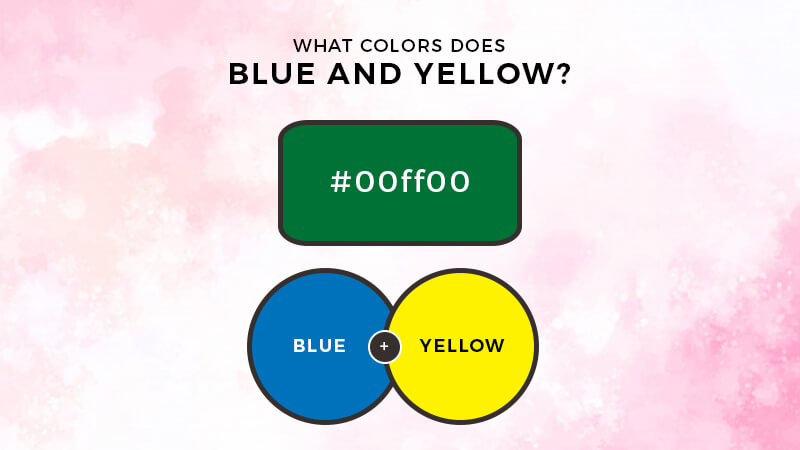






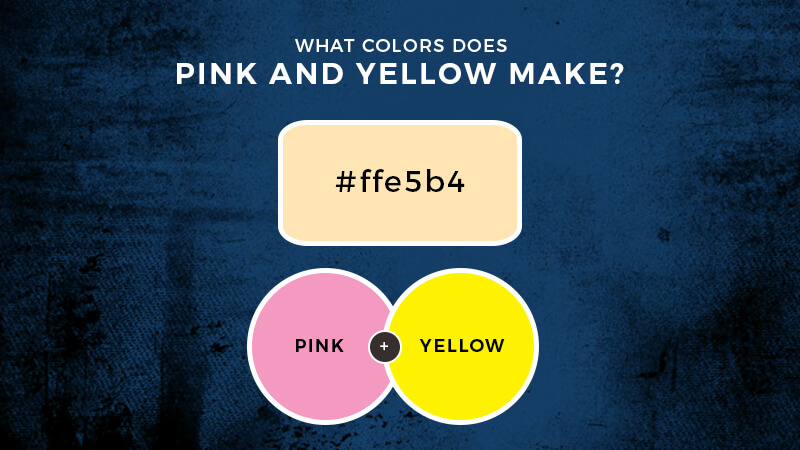

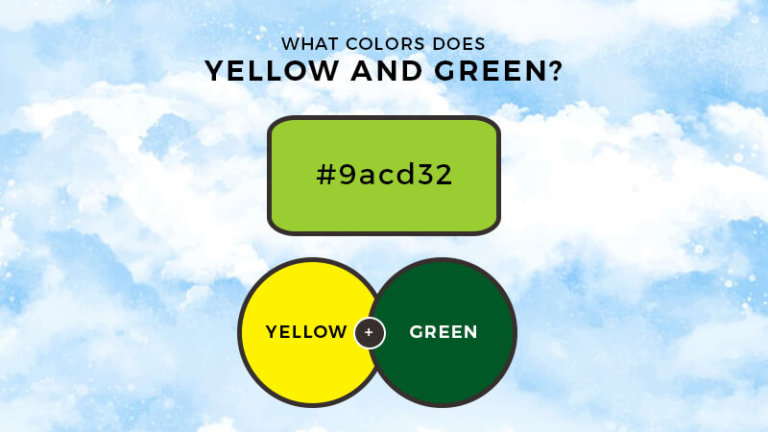




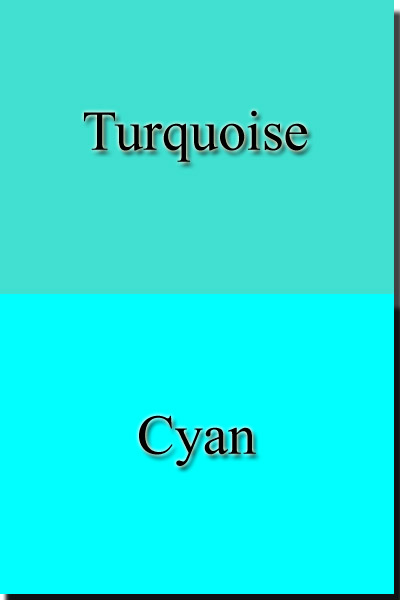
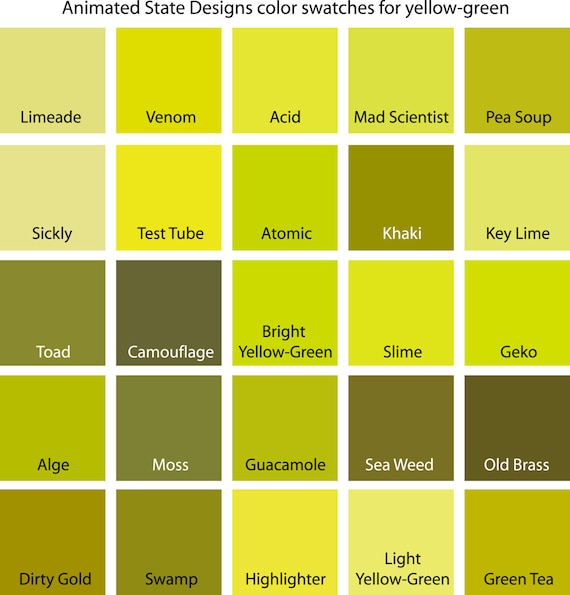










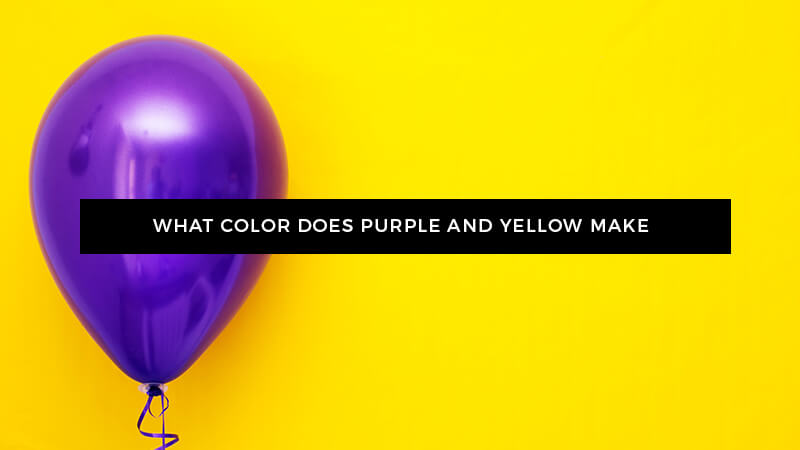

No comments:
Post a Comment
Note: Only a member of this blog may post a comment.